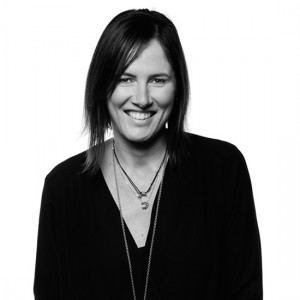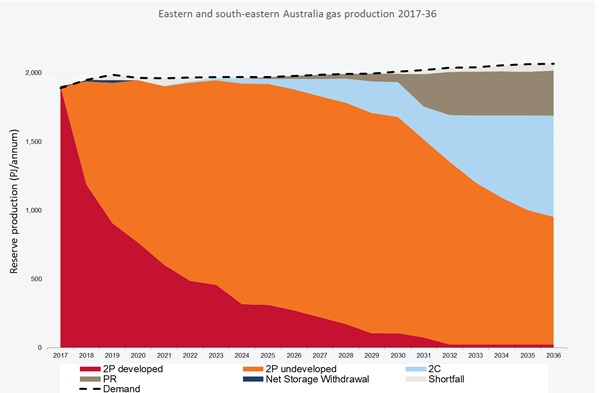The Prime Minister has today announced plans to impose export restrictions on gas producers to ensure domestic supply is maintained at reasonable prices.
The Turnbull Government unveiled their Australian Domestic Gas Security Mechanism which will give the government power to implement export controls where there is a shortfall of gas supply in the domestic market.
The shortage of gas supplies has resulted in higher prices domestically than the markets where gas is exported. The government wants to guarantee supply, and ensure gas prices are affordable for Australians.
Prime Minister, Malcolm Turnbull has met with gas producers in March and April to seek a commitment to increase supply to the domestic market. Although progress has been made, expectations have not been met.
The purpose of the Australian Domestic Gas Security Mechanism is to ensure supply always meets forecast domestic requirements which will put downward pressure on retail prices.
There will be an adequacy test which will compare how much an exporter draws on the domestic market with usage from their own tenement. If they draw more from the market than they put in, they must explain how they will fill any domestic shortfalls as part of their overall production and exports. Failing this, the Minister for Resources will order them to limit their export.
Although the government remains committed to LNG exports, it will not support a position that affects jobs and Australian interests.
The government expects this to be a temporary measure to restore certainty to the market.
Regulations are expected to be in place by 1 July 2017, after full industry consultation.
The government’s statement can be viewed at http://www.pm.gov.au/media/2017-04-27/delivering-affordable-gas-all-australians




